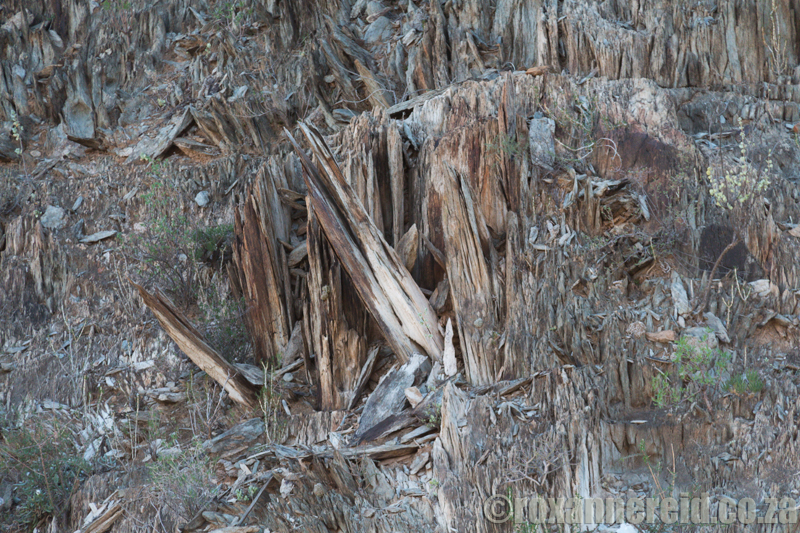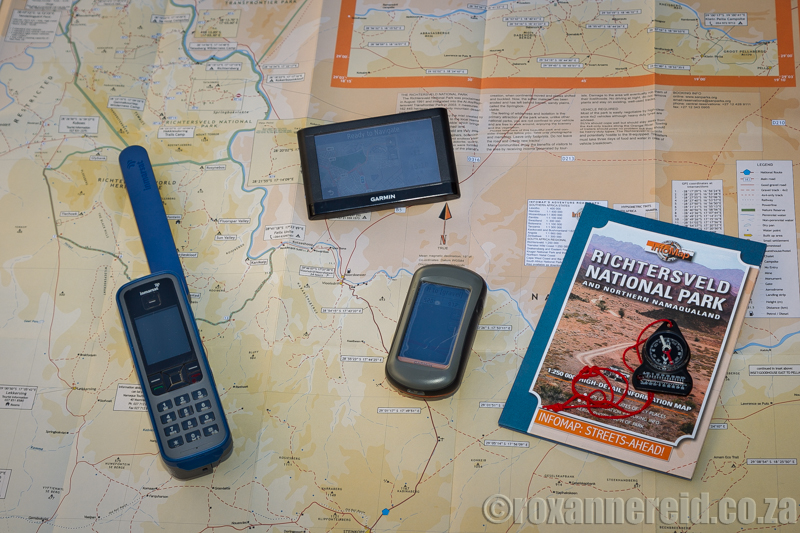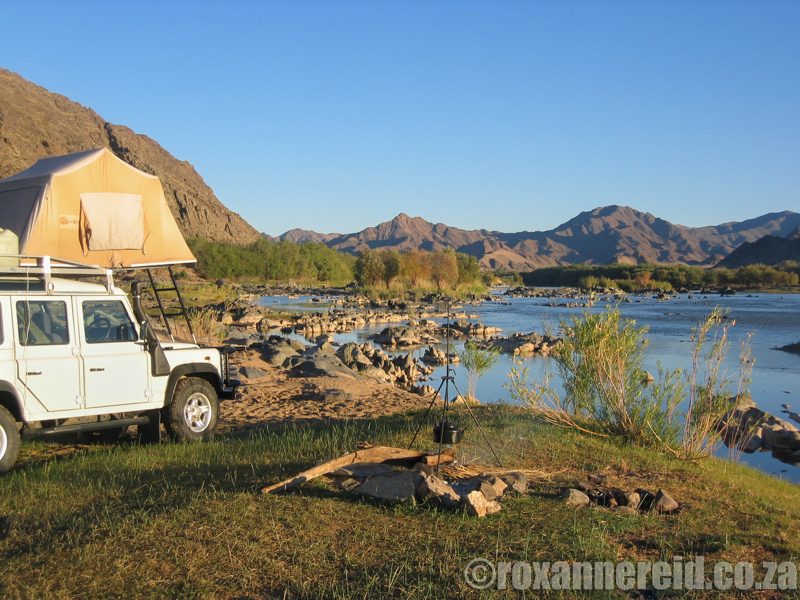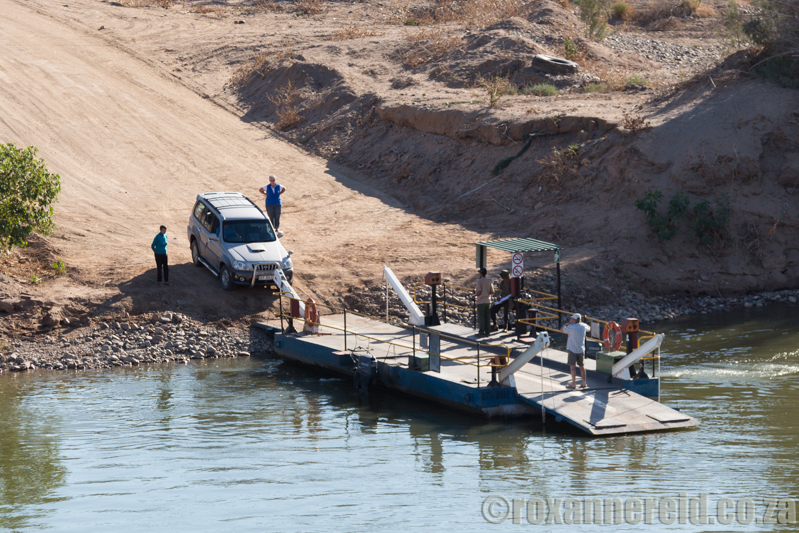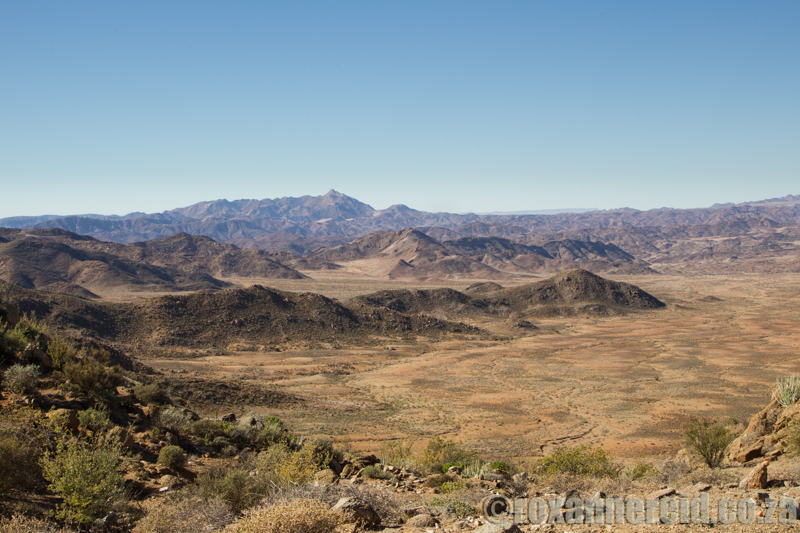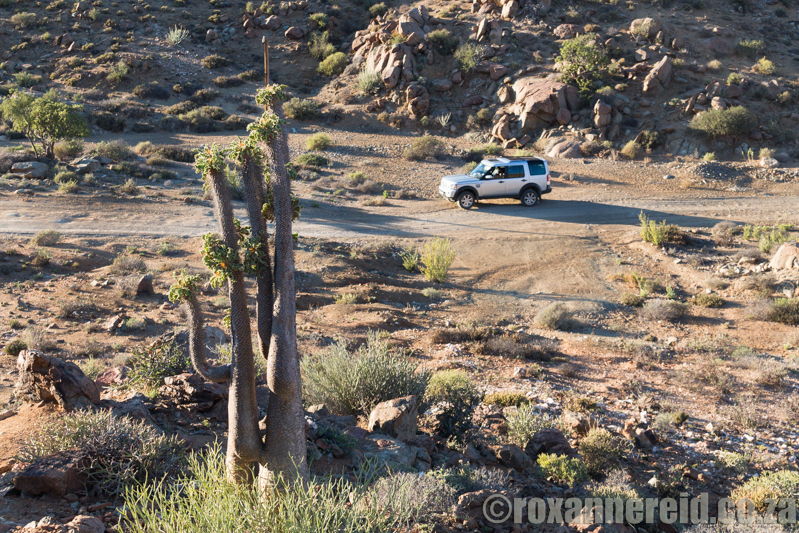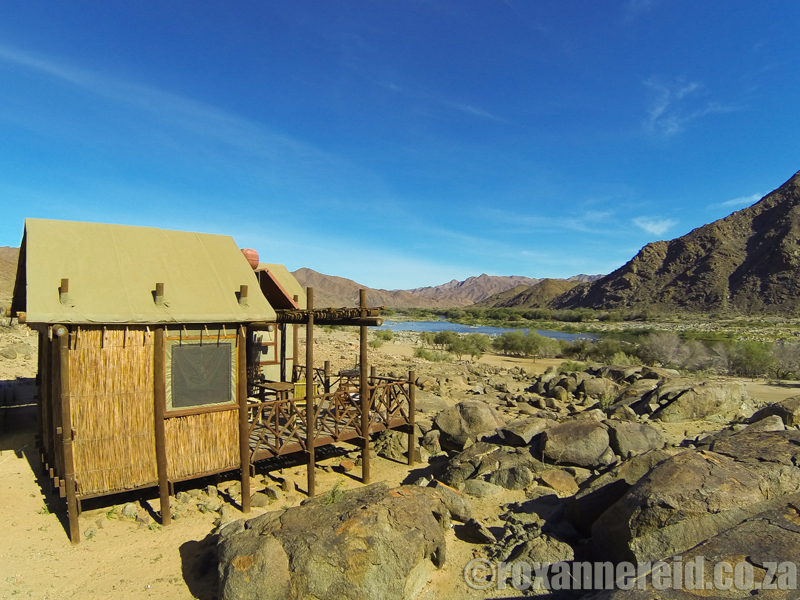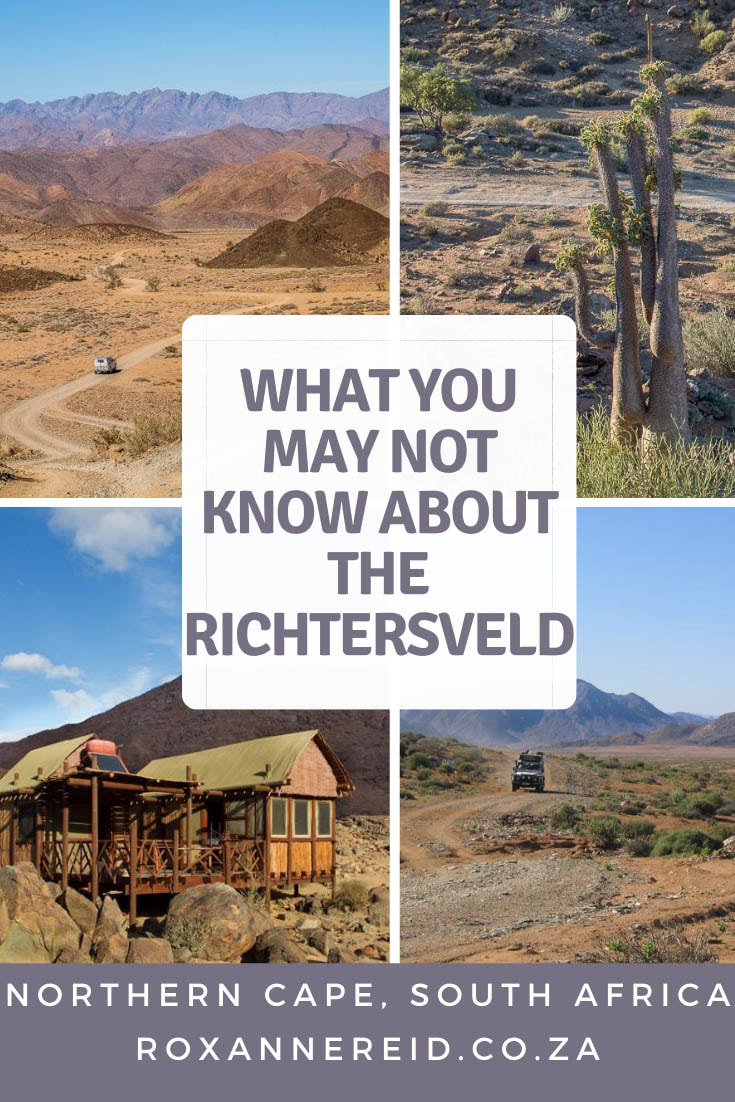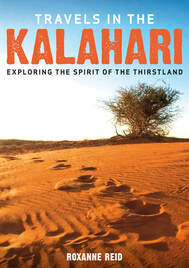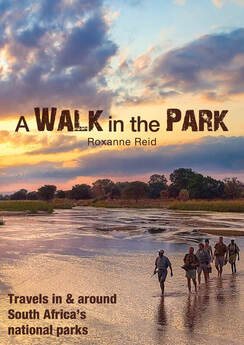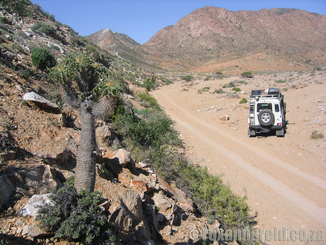
When we went to the Richtersveld for the first time in 2004, we wanted to soak up information from anyone and everyone. It seemed a daunting undertaking. And although it certainly isn’t a journey to be undertaken lightly, given that it’s so remote and rough, these 20 things you may not know about the Richtersveld might help to set in motion plans for your own visit.
2. The quickest way to get to the South African entrance gate is via Port Nolloth and Alexander Bay, just 90km away. The more scenic route to the park via Kuboes, Lekkersing and Eksteenfontein will give you an idea of what makes this region is so special. (See Where to stay in the Richtersveld)
4. Don’t even think about going into the Richtersveld without a really detailed map. Getting lost around here is no joke. Invest in a good map and take a GPS loaded with map software, such as Tracks4Africa. It helps if you plot the co-ordinates beforehand. Take a compass as a back-up.
5. Calculate distances in hours rather than kilometres. Although distances on the map seem short, the nature of the terrain (rocky and sandy) means it takes much longer to travel the distances than you might think. As an example, Tatasberg Wilderness Camp is just 60km from Sendelingsdrift if you take the inland route, but will take you about three hours - or longer if you stop frequently to marvel at the views or take photos.
7. Come prepared. Summer temperatures can get up above 50°C. While winter days are warm to hot, night-time temperatures can plummet to freezing point.
8. Fuel (unleaded petrol and 50ppm diesel) is available only at Sendelingsdrift from 8:00–16:00 daily.
9. Whether you’re camping or staying in the wilderness camp chalets, you need to be self-sufficient in terms of food/water and medical supplies. Bring your own firewood and drinking water (or if you’re staying along the river, bring a means to purify the river water). Carry drinking water with you at all times.
11. There are many scorpions in the park. To avoid an unpleasant encounter, don’t sleep on the ground and always check your shoes before putting them on. An ultraviolet torch will help you find them in the dark if you want to watch them.
13. Scenery, geology and plants are the major draw cards here and birds play second fiddle, but there are more than 200 species of birds in the park. You might find rosy-faced lovebirds at Sendelingsdrift; jackal buzzard, Verreaux’s eagle, swallow-tailed bee-eater, dusky sunbird, tractrac chat; even waterbirds like fish eagle and goliath heron along the river.
15. The park is home to 10 species of bats so stay alert at dusk and you might see some of them setting off on a hunting expedition.
16. Despite the apparently dry conditions when you roll into bed, heavy dew can settle overnight so protect your equipment. If your chairs or camera get covered with dew you’ll be breakfasting with a wet bum and going home without photo-memories of this special place.
18. Spend a night or two at the self-catering chalets at Tatasberg or Gannakouriep. You get a fridge and stove, hot showers and a wonderful view of the surrounding stark mountains from the wooden deck.
20. You’re expected to take all your rubbish away with you from the campsites so bring extra-strong black bags. Be considerate of other people: you can burn paper in your campfire, but putting empty food tins into the fire is not good enough.
World Heritage Sites in South Africa and why to visit them
More about the Richtersveld
Copyright © Roxanne Reid. No words or photographs may be used without written permission from roxannereid.co.za
